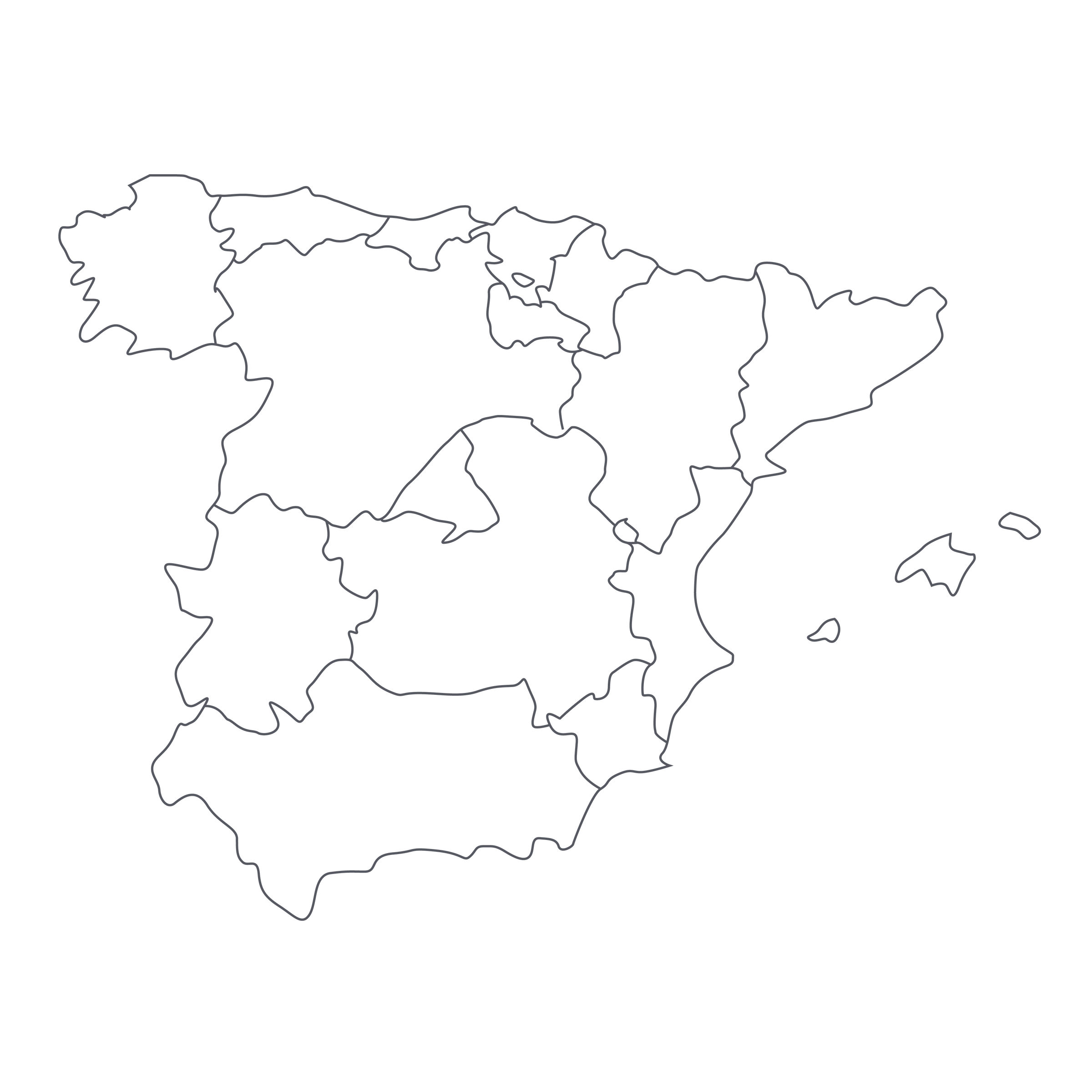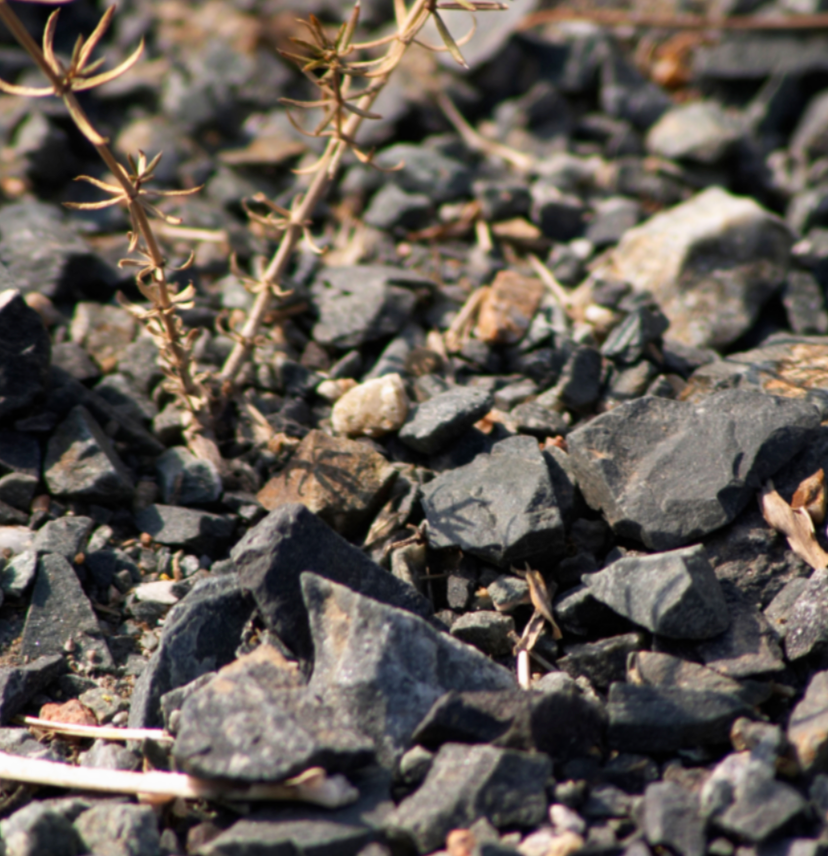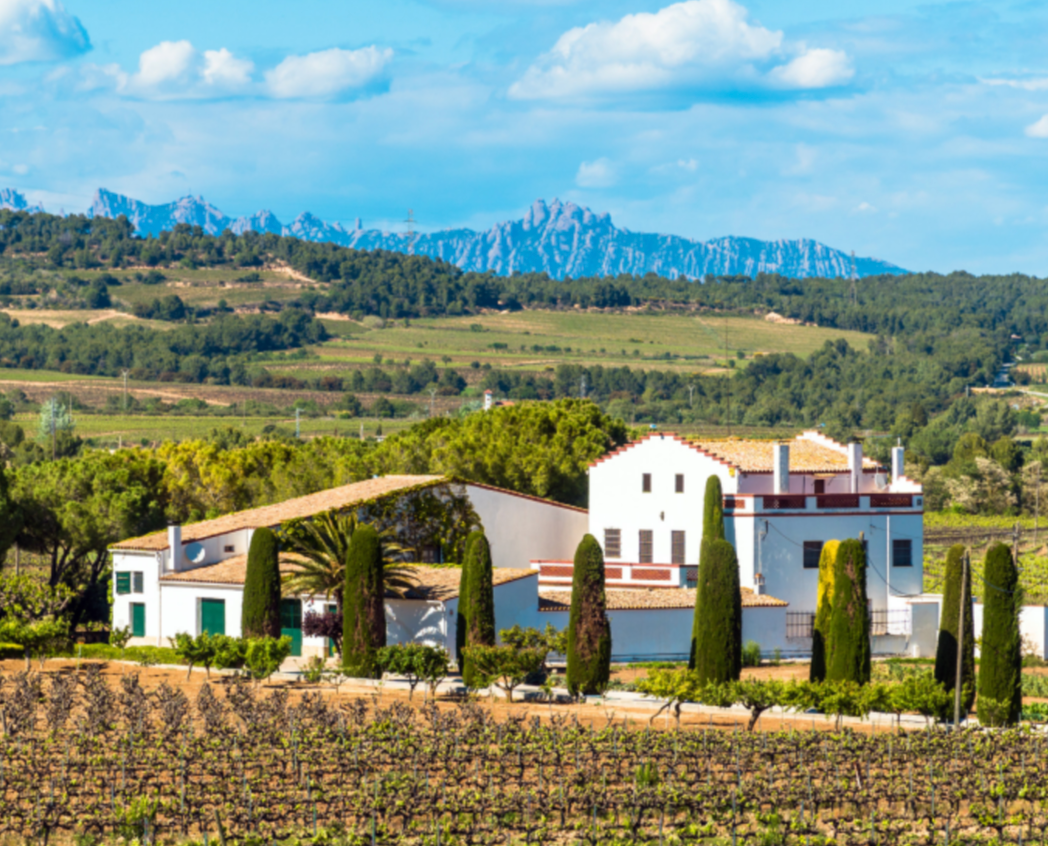Andalucía is one of the more captivating regions in Spain. From the sunset in Cádiz, to the Flamenco in Seville, to the detailed Moorish architecture of Granada, the diversity of Spain’s most southerly region is unmatched. Presently, Andalucía is best-known for Sherry, the highly regarded, fortified wine made in the western part of the region near Cádiz. Take a short drive east, however, and you reach the ancient city of Málaga, where Romans and Moors have been making wines since 600 BC.
In contrast to its western neighbors, Málaga boasts high-altitude rolling hills, slate and limestone soils, and plantings of some serious old-vine Garnacha. Its proximity to the Mediterranean Sea and slightly cooler temperatures give the wines of Málaga a fragrant, wild, slightly rustic expression of Garnacha that differs from, say, some of the inkier blends of the Montsant further north. This wine from Sedella is an excellent illustration of the complexity and savor a Garnacha from the steep slopes of Málaga can offer, delivering a snapshot of one of the more historic, distinct regions of southern Spain. At $22, this is arguably the best Spanish red-wine value I’ve come across this year.
Sedella is an extremely modest operation set in the small town of Axarquia, in the region of Málaga. Founded in 2006, Sedella farms only 2.5 hectares of vineyard land, producing a mere 400 cases a year. Winemaker Lauren Rosillo worked on projects in Rioja, Rueda, and La Mancha, but fell in love with the small-town vibe and rolling, picturesque hills of Axarquia. In vineyards too steep for tractors, Lauren uses horses and Roman-style plows to carefully maneuver through the high-altitude slopes of his organic vineyards. He farms ancient, field-blended Romé, Jaén and 100-year-old Garnacha vines.
The 2013 Laderas de Sedella is a field blend of mostly Garnacha, with Romé, Jaén, Montua and Moscatel Romano making up the rest. The south-facing vineyard sits on slate soils. The varieties are co-fermented in stainless steel vats and then aged in egged-shaped oak barrels and concrete tanks for 13 months. Lauren uses only indigenous yeast, and does not fine or filter. The wine is extremely fragrant (thanks in part to a cool vintage in 2013), with aromas of wild raspberry, red currant liqueur, spicy herbs and orange peel. Medium-plus in body, the palate shows black cherry framboise, spicy orange peel and wildflowers, opening up to dried mushroom, earthy flavors of crushed rock, sweet fruit, bright acid and soft tannins. Drink now or over the next few years, and serve in Burgundy stems at around 60 degrees.
Pick up any menu in Andalucía and
gazpacho will be the first thing you see, but this spicy, earthy red calls for some protein. Try the attached Andalusian lamb recipe to bring out the wine's meaty richness. It is an entirely unique take on Garnacha and a lot of wine for the money.
Buen provecho!





